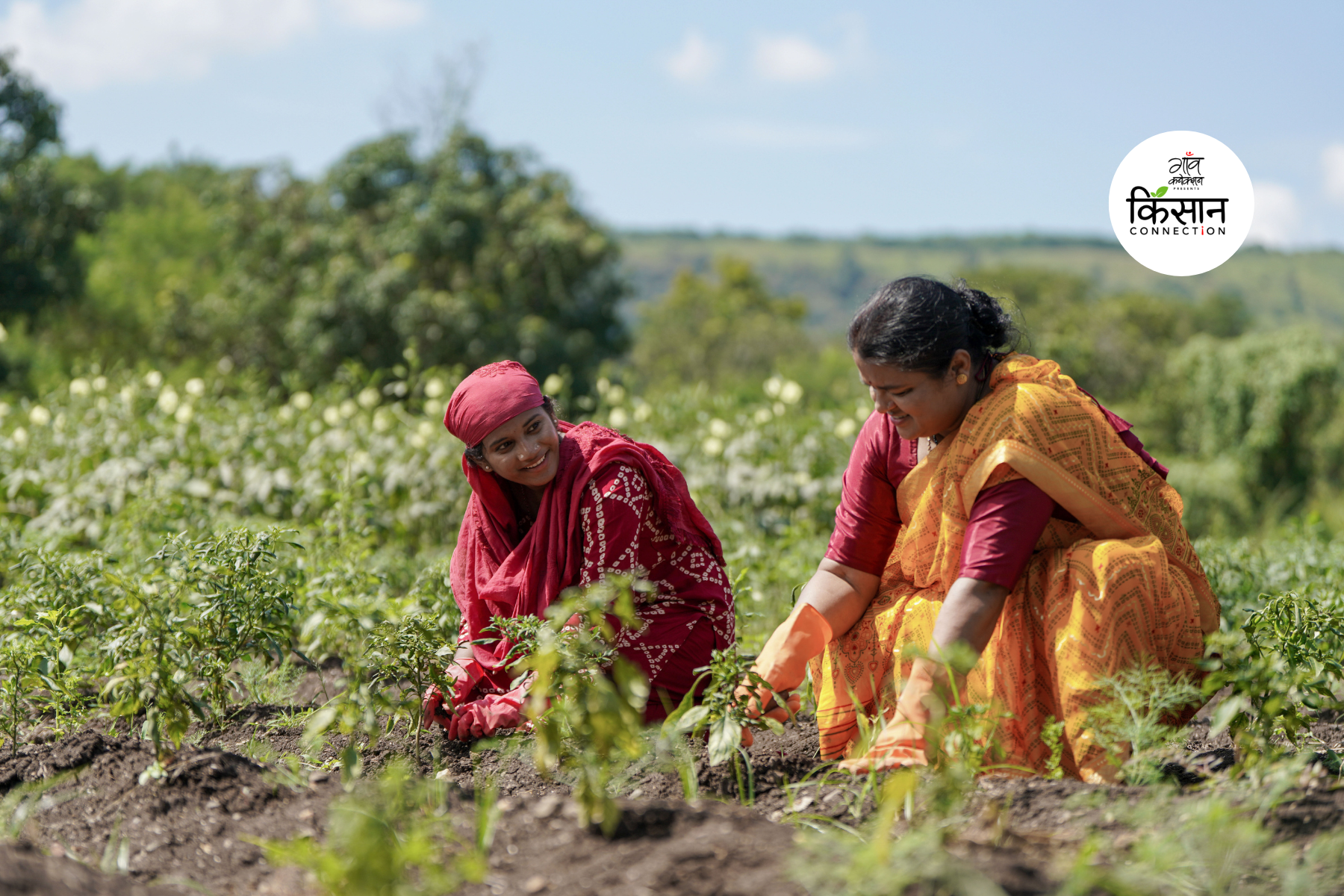- Discarding modern practices and adopting old methodologies in farming won’t help in undoing the damage that’s already being done. We will have to make ancient methods favorable to the modern era. Read Part 1 of our five-part series ‘Farming 2.0: Go Desi’ here.
Call it greed or helplessness, but it’s been 50 years that farmers have adopted foreign methodologies of farming and in the process,they ended up ruining underground soil, air and atmosphere. We, as a country, were completely dependent on these farmers. Our population, which was 40 crore in 1955, is 136 crore now. In the 1960s, when people were starving, the Indira Gandhi government came up with a provision that depending on the area of their land, the farmers will have to give away some portion of their produce to the government. Those who failed to do so were punished.
A hybrid variety of wheat was imported from Mexico, which produced better yield as compared to the traditional wheat. Under pressure, farmers started using urea in their fields to increase their production.
Then the provision was taken back, but by then the farmers had become greedy. The Mexican variety gave them a bumper produce, but it also required more water and fertilizer.
And then many new varieties of hybrid crops flooded the market — the IR-8 variety was the famous one. When farmers started adopting these new varieties, it was called the Green Revolution.

In a bid to keep on increasing the production, farmers increased use of chemical fertilizers in their fields, which led to crops falling sick. In order to resurrect them, medicines were sprayed and various fertilizers were used. The increased use of water led to dwindling ground water level. The increased use of chemicals and fertilizers are leading to more number of people suffering from disease like cancer. It’s having a detrimental effect on the environment too.
Agriculture was no longer a mean to feed people. It had now become a commercial entity. In the 1970s farmers were under the impression that the more urea we use, the bumper crop would we have. But their myth broke when the production went down and it was then that they realised that they were giving excessive nitrogen to plants and not enough phosphorous and potash.
Farmers started using Nitrogen-Phosphorus-Potash (NPK). That didn’t help. Scientists opined that NPK alone is not sufficient for production. Crops also require Iron, copper, calcium, sulphur, zinc, magnesium, etc. With increasing production, crops tend to imbibe these nutrients from earth. As a result, it makes the earth barren. However, if crops imbibe these nutrients naturally and slowly, it tends to produce subtle nutrients in earth as well.
Nowadays, a few people advice to practice multi crop farming. As if they made a discovery. Earlier, old farmers used to practice multi crop farming. Such as, gehu-sarson, chana-alsi-sarson, arhar-urad, jwar-arhar, etc.

After success of dwarf varieties, instantaneous benefits were resulted by mono crops. Moreover, multi crop farming became outdated. However, there were many benefits of practicing multi crop farming. Moreover, agro-scientists and farmers are re-practicing it. Foreign seeds also contain unknown weed seeds. Thereby, poisonous medicines were required to get rid of those weeds. Use of such poisonous medicines polluted air, water, and soil. Also, it reached and affected human body through them. It immunized bacteria, fungus, virus, and insects. In other words, they became ineffective from poison. Earth is transforming into barren land. Environment is transforming into poisonous bag. It is difficult to discern if Green Revolution or greedy farmers are responsible for that.
It’s akin to the farmer and the golden egg story. The hen laid a golden egg every day. The greedy owner thought of procuring all the eggs at one go and he killed the hen. If he had means to get all the eggs at one go, he would never have killed the hen. These days farmers have various means to save the soil.
They are now going back to traditional ways which they had discarded 50 years ago. Neem, garlic, giant calotrope are used as organic insecticides. Traditional practices are reviving now. However, production of grains should be done for satisfying livelihood. Export of production should be avoided in country like India, where population is 455 per capita per kilometer square.
In India, people believed in Uttam Kheti, Madhyam Baan, Nipat Chaakri Bheekh samaan. On the contrary, farming has transformed into business these days. Like China, we should work on reducing population of our country. Else, we will not be able to avail methods of organic farming, multi crop farming. Discarding modern practices and adopting old genres in farming will not work out. As a stitch in time saves nine, we have to make ancient methods favorable to era and foreign goods favorable to our country land. Otherwise, we will lag behind the world.
This is part 1 of our series Farming 2.0: Go Desi
Also Read part 2: To beat the ill effects of climate change, farmers are going back in time
Also Read part 3: Climatic change: Organic pesticides are a Brahmastra for farmers




















